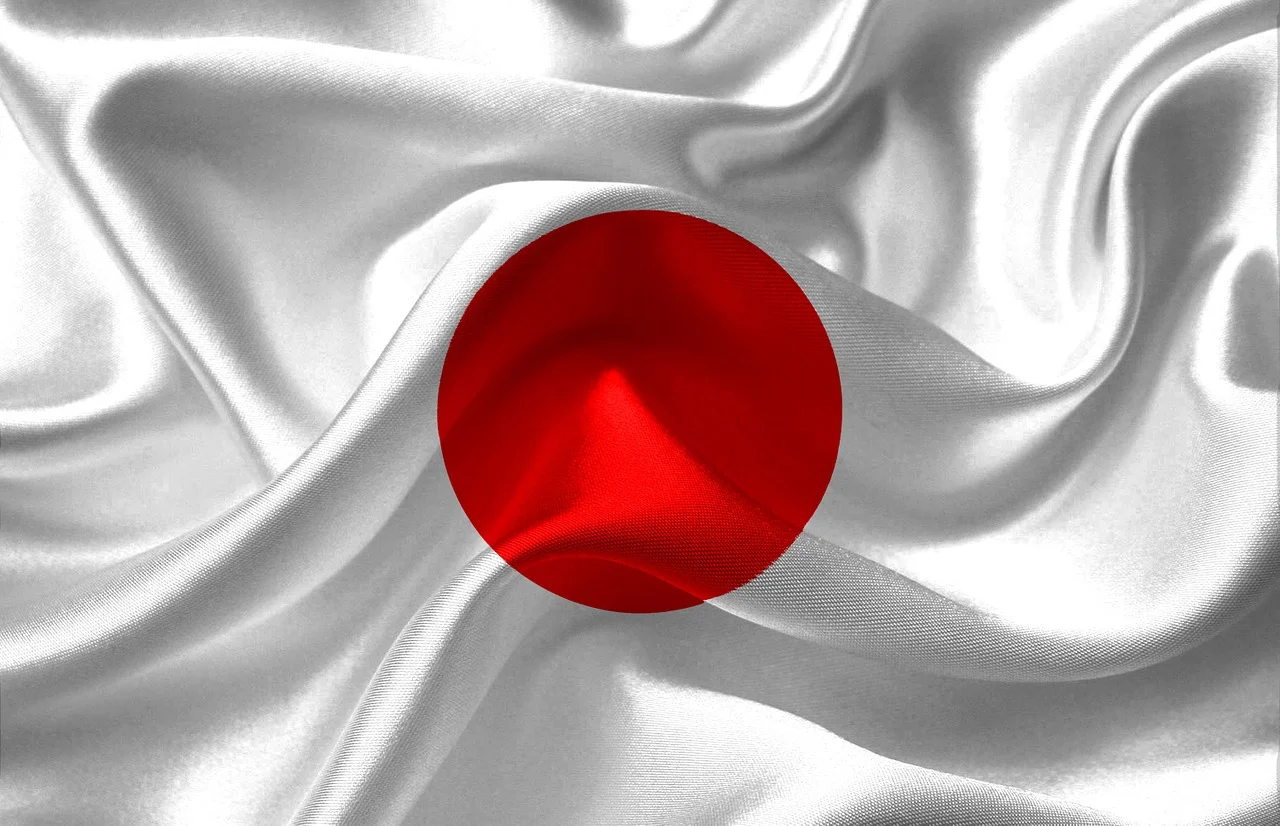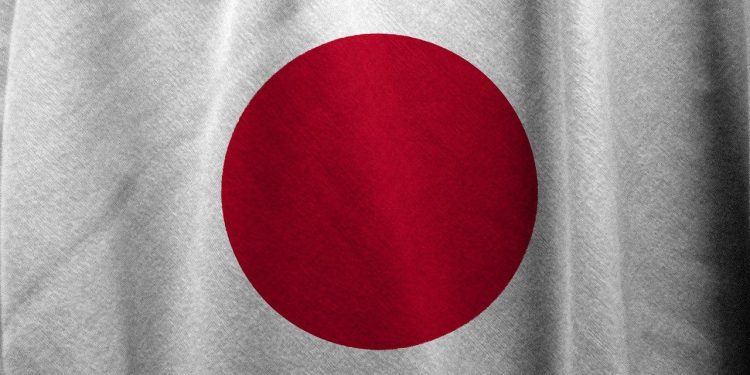The US President Donald Trump has warned Japan could face steep tariffs of 30-35% if no trade agreement is reached before next week’s July 9 deadline, escalating tensions between the longtime allies. The threat comes as the current 10% tariff reprieve (which was implemented after April’s 24% “Liberation Day” duties) is set to expire, potentially dealing a major blow to Japanese exports to the American market.
Trump expressed skepticism about reaching an agreement with Tokyo, telling reporters aboard Air Force One: “We’ve dealt with Japan. I’m not sure we’re going to make a deal. I doubt it.” His comments follow months of stalled negotiations, with only the UK having secured a new trade pact with the US during the 90-day negotiation window.
Japan has maintained a cautious stance, with Deputy Chief Cabinet Secretary Kazuhiko Aoki declining to directly address Trump’s latest threat, stating they “don’t comment on every remark” from US officials. However, Chief Cabinet Secretary Yoshimasa Hayashi has drawn a red line, vowing not to sacrifice Japanese farmers in any deal – a direct response to Trump’s complaints about Japan’s rice import policies.

The potential 35% across-the-board tariff would compound existing punitive measures targeting key Japanese industries. What this means is that there’d be:
- 25% duties on automobiles and auto parts
- 50% tariffs on steel and aluminum
- Ongoing restrictions on agricultural products including rice
Trump amplified his grievances on Truth Social, criticizing Japan’s rice trade policies despite what he called a “massive rice shortage” in the country. The remarks underscore his administration’s “America First” approach to trade, which has frequently targeted allies alongside economic rivals.
The Economic Implications for Both Nations
With the deadline fast approaching, businesses on both sides of the Pacific face growing uncertainty. Japan exported $135 billion in goods to the US last year, with automobiles accounting for nearly 40% of that total. A failure to reach agreement could disrupt global supply chains and force Japanese manufacturers to reconsider US market strategies.
As it stands, all eyes are on whether Tokyo and Washington can manage to bridge their differences or if the US-Japan trade relationship will face its most severe test in decades.

















